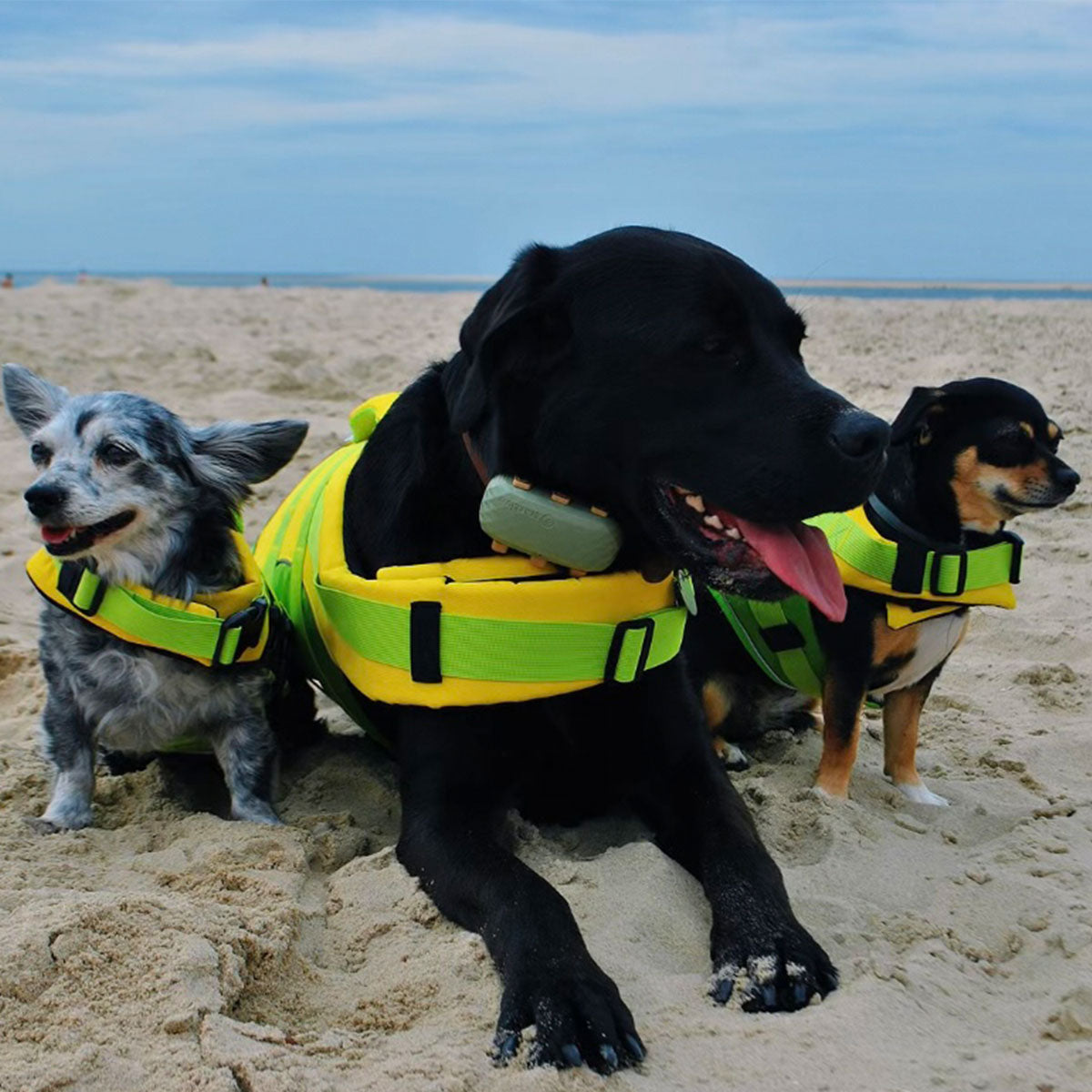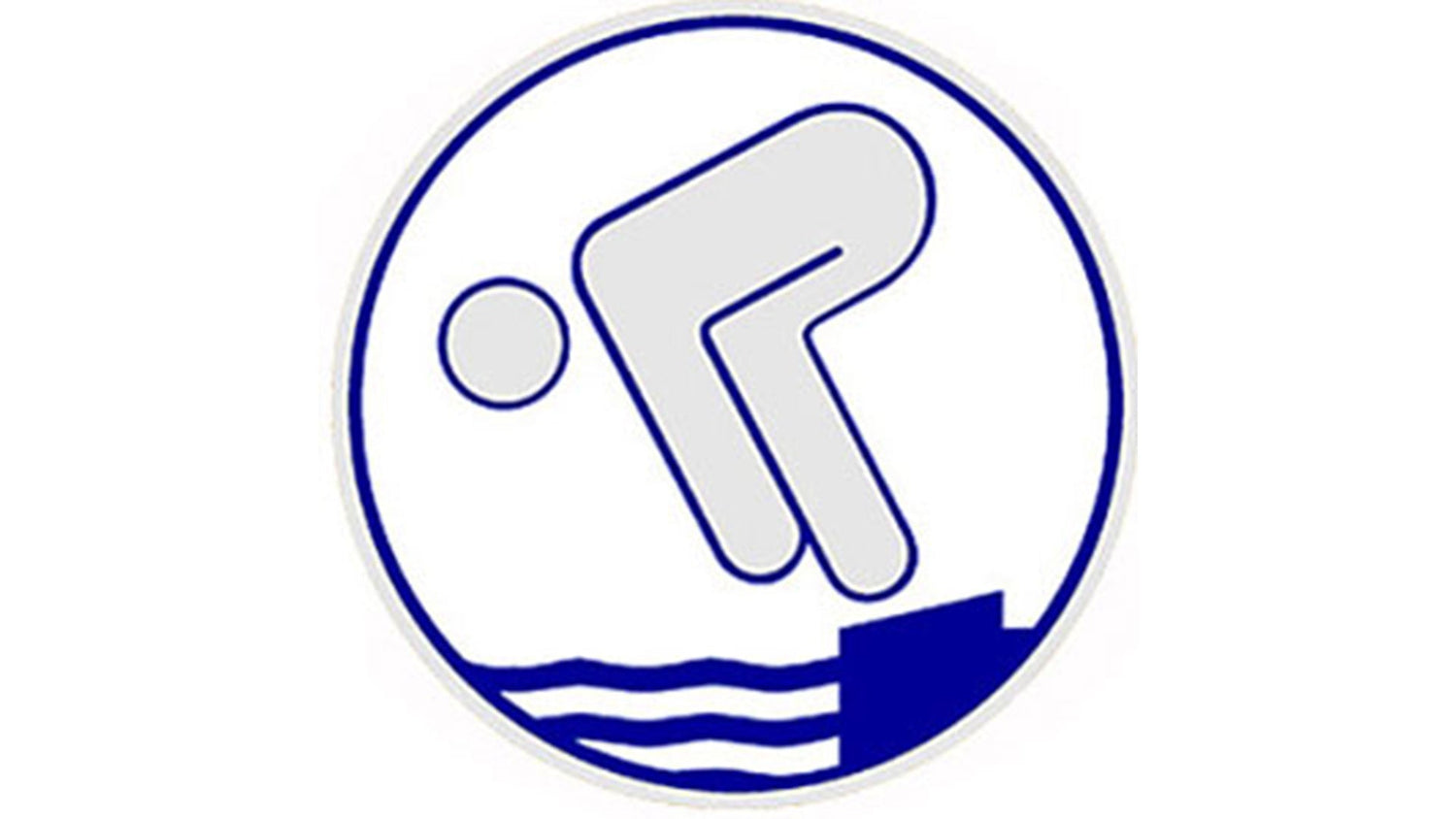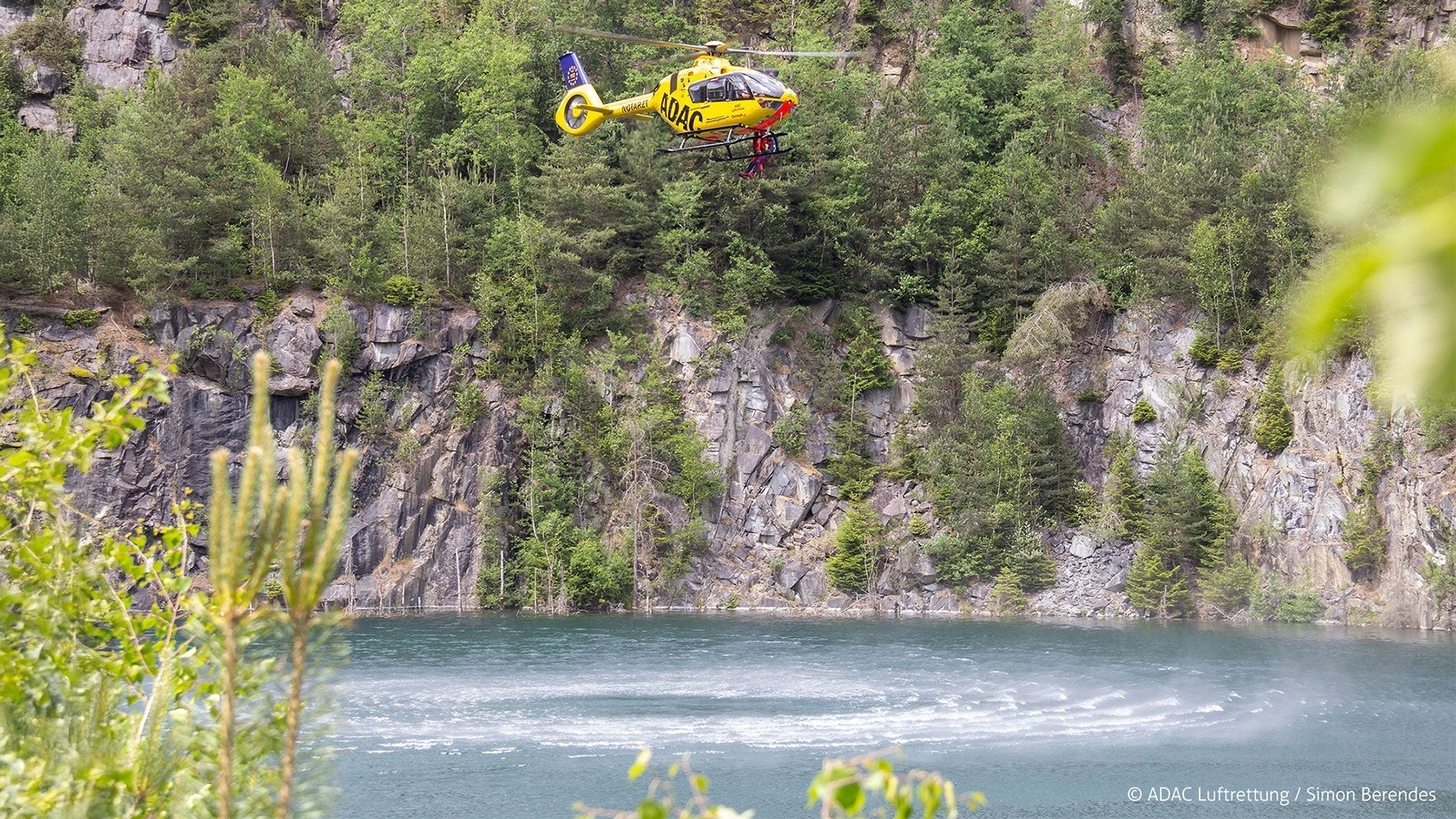Level up your swimming skills: How to earn the Silver Badge
Do you want yourself or your child to feel safe and confident in the water? The Silver Swimming Badge is the next big milestone after the Bronze Badge – and a true testament to water competence and endurance. But what are the requirements, which swimming rules do apply, and at what age can you earn the Silver Swimming Badge? Here you will find all the answers – compact, reliable, and motivating. And with RESTUBE by your side, you gain an extra layer of safety during your training, allowing you to focus entirely on your performance.
What is the Silver Swimming Badge?
The German Silver Swimming Badge is an official certificate proving that you can swim safely and with endurance – even in challenging situations. It is an intermediate level between Bronze and Gold and is awarded to both children and adults. The goal is to demonstrate your swimming technique, endurance, and safety awareness in the water. It is not just about swimming itself, but also about knowledge of the swimming rules and safe behavior in emergencies. The badge boosts confidence – in yourself and your water skills.

Silver Swimming Badge Requirements: What You Need in 2025
The German Silver Swimming Badge demands more than just basic swimming skills – it is a certificate of endurance, body control, and safety awareness. The criteria are regularly updated by the DLRG and apply nationwide. According to the 2025 DLRG guidelines, you can expect the following requirements:
400 meters swimming in a maximum of 12 minutes
This distance must be covered in two different swimming strokes: 300 meters in a stroke of your choice (breaststroke or backstroke), and the remaining 100 meters in another stroke pattern. The goal is to test your endurance and flexibility in the water. The time limit ensures that you are not just gliding slowly but are capable of performing effectively in an emergency.
Important to know: For kids under 12, requirements may vary by region or organization – keeping swimming safe, fun, and age-appropriate.
Two deep dives to around two meters depth
You must retrieve an object (usually a diving ring) each time. This task tests your ability to dive and maintain orientation underwater, demonstrating your ability to move safely even in difficult conditions.
Jump from 3 meters or two different jumps from 1 meter
Prove that you can enter the water safely – even from a height. You have two options: either a single jump from three meters or two different jumps from one meter. The focus is on clean technique, not showmanship. The jump test boosts your confidence – and prepares you for real situations.
10 meters distance diving with push-off
Diving trains calmness and control. This task requires you to dive from the pool edge and cover 10 meters underwater without surfacing. It demonstrates your control, focus, and body tension while swimming beneath the surface.
Knowledge of swimming rules according to DLRG standards
You must demonstrate that you know and understand the swimming rules. This includes both oral and written tests. The goal is to make you a safe and considerate swimmer – for yourself and others.
Silver Swimming Badge: Your Skills Matter, Not Your Birth Year
Many wonder, "Does age matter when earning the Silver Swimming Badge?" Although it is typically aimed at children aged 9 to 12, this is not a fixed rule. It is your skills, not your age, that matter. Adults can also take the test, whether to refresh their skills or to meet qualifications for certain professions, such as lifeguarding or teaching. It is most important to master the basic skills. The requirements are identical regardless of age.

What Swimming Rules Apply to the Silver Swimming Badge?
The Silver Swimming Badge exam includes the safe application of swimming rules – they are a central part of water competence. The DLRG clearly defines these rules to prevent accidents and promote respectful behavior towards the environment and others.
✓ Swim smart – only dive in when you feel well. → Feeling sick or unwell increases the risk of dizziness or fainting in the water.
✓ Ease in – cool off before you plunge. → Sudden temperature changes can shock your body. Rinse off or enter slowly instead.
✓ Balance is key – avoid swimming on a full or empty stomach. → Digestion or low blood sugar can mess with your performance. A light snack is just right.
✓ Look before you leap – only jump where it’s deep and familiar. → Unknown or shallow waters can mean serious injuries.
✓ Safety first – swim where lifeguards are present. → Supervised areas have trained rescuers, clear rules, and emergency systems.
✓ Respect the storm – leave the water at the first sign of lightning. → Water is a conductor – lightning can strike, even with distant clouds.
✓ Know your limits – don’t swim too far out. → Lakes and seas can have strong currents. Save your strength for the way back.
✓ Play fair – no dunking or pushing others. → It can cause panic and endanger weaker swimmers.
✓ Love your environment – keep it clean and respect wildlife. → Responsible swimmers protect nature, too.
These rules are more than just theory – they save lives. That is why the exam board for the Silver Swimming Badge places great emphasis on their safe application.
Silver Swimming Badge: Costs & Registration
The cost of the Silver Swimming Badge is fair and affordable. The DLRG currently charges an examination fee of €5. Preparation courses can often be booked separately, for example, at clubs or swimming schools. Registration is done directly through the DLRG or local providers – often online.
How RESTUBE Supports You
RESTUBE offers you extra safety while swimming. Especially for longer swimming sessions like those required for the Silver Swimming Badge, it can be reassuring to have a compact safety buoy with you. RESTUBE is worn discreetly on the body and is ready for use at any time if you feel unwell. RESTUBE is the perfect buddy for kids – whether they’re at the lake or in swimming lessons. Parents love its easy use and discreet design. Kids stay free to move, while always ready for anything. In open water or deeper areas, RESTUBE gives them a reassuring sense of safety. And that extra confidence? It’s the secret to relaxed, peak performance.
Please note: RESTUBE Swim Buoys and safety buoys are not permitted during the official swimming test, as they are considered buoyancy aids!
Safety in Training and Everyday Life with RESTUBE
Many swimming coaches, lifeguards, and sports clubs already use RESTUBE in their training routines. The lightweight safety buoy can save lives – while offering a sense of freedom in the water. Whether you are swimming in a lake, preparing for your exam, or just training - with RESTUBE, you are always safe. Our Safety Buoy stays out of your way but is ready when you need it. That’s how safety becomes second nature – making every moment in the water pure joy.

Silver Swimming Badge – A Confident Step Forward
The Silver Swimming Badge is more than just another patch – it is a clear sign of water competence, responsibility, and endurance. Whether child or adult: those who achieve this challenge will feel more confident in the water. RESTUBE helps you feel safer – and that is the key to peak performance. After all, those who feel safe dare to do more. Make your water experience safer – with RESTUBE by your side!





